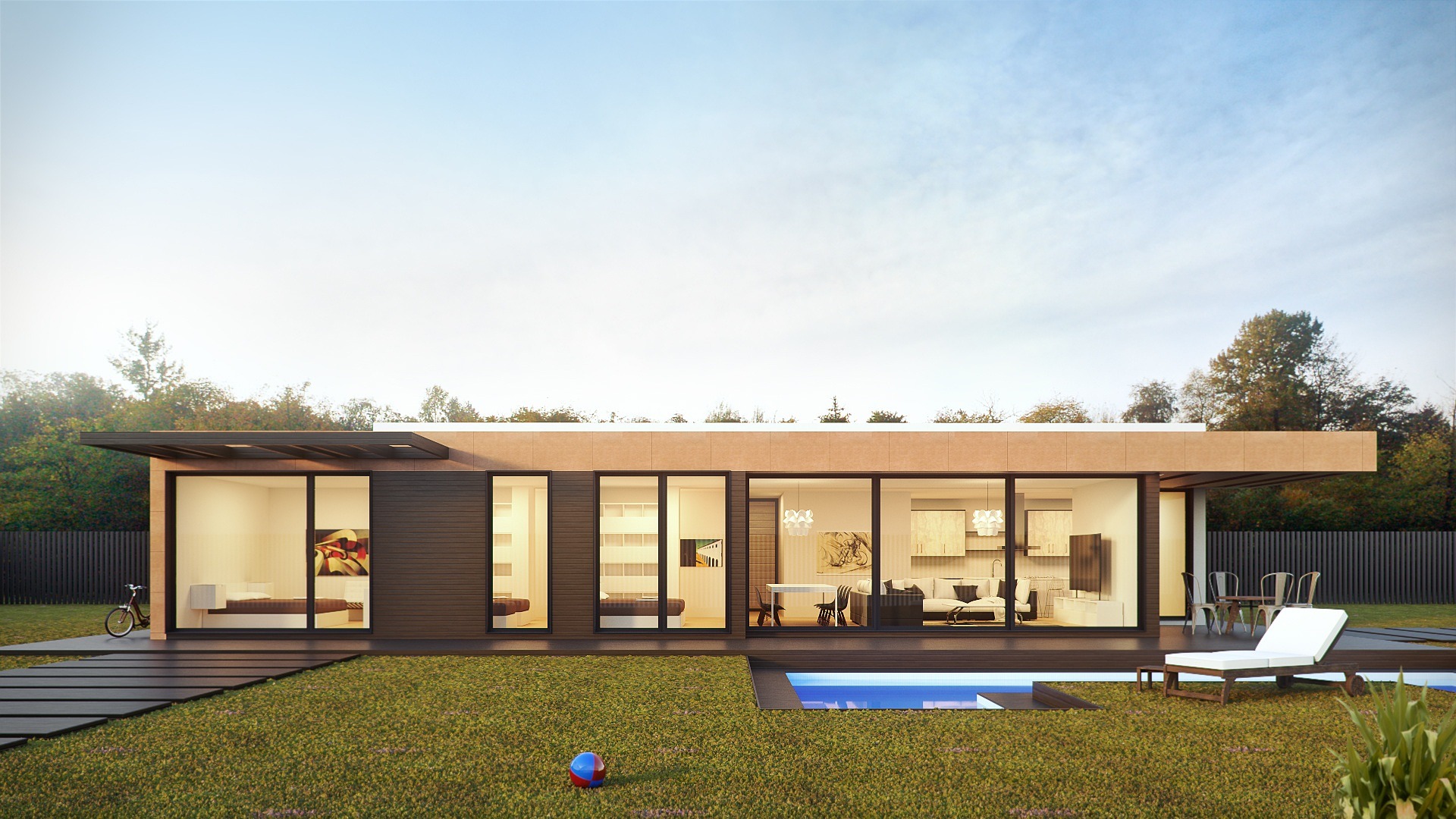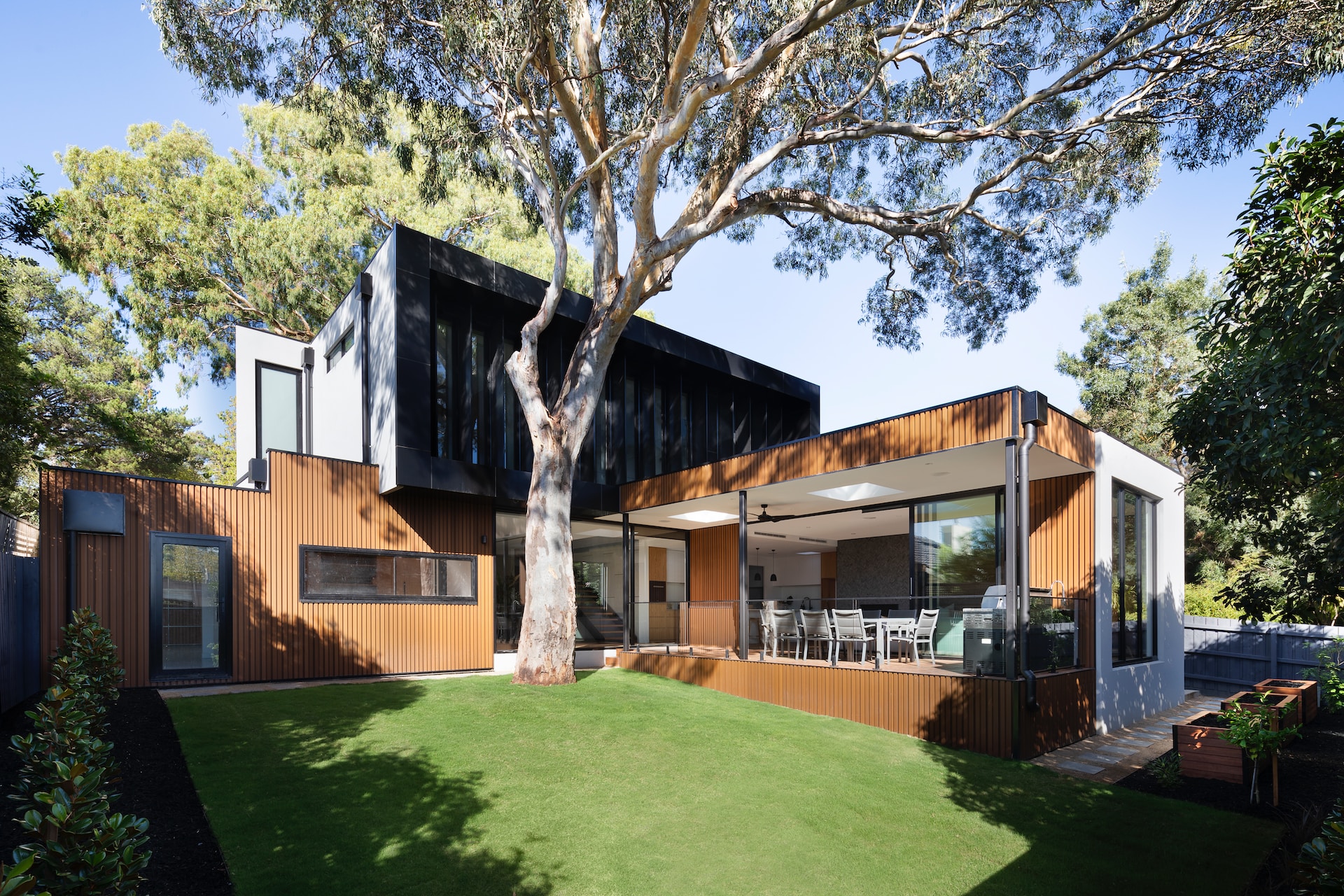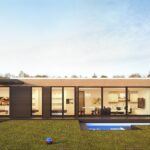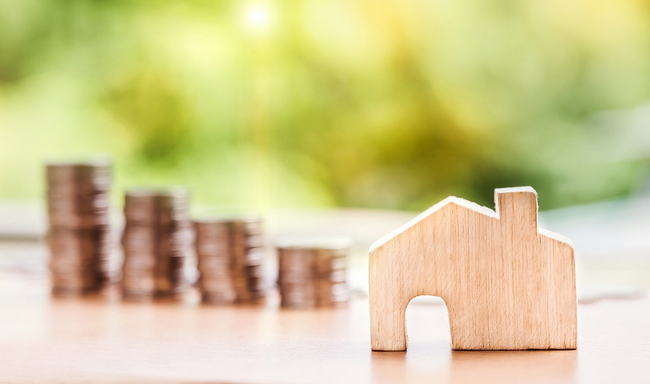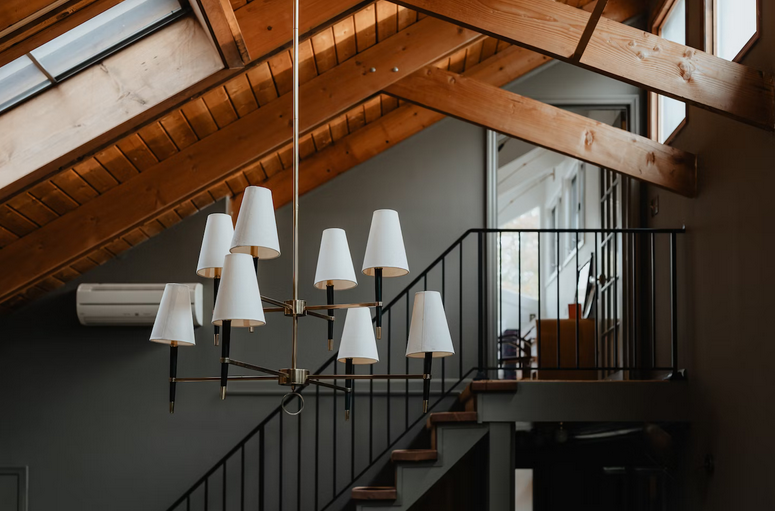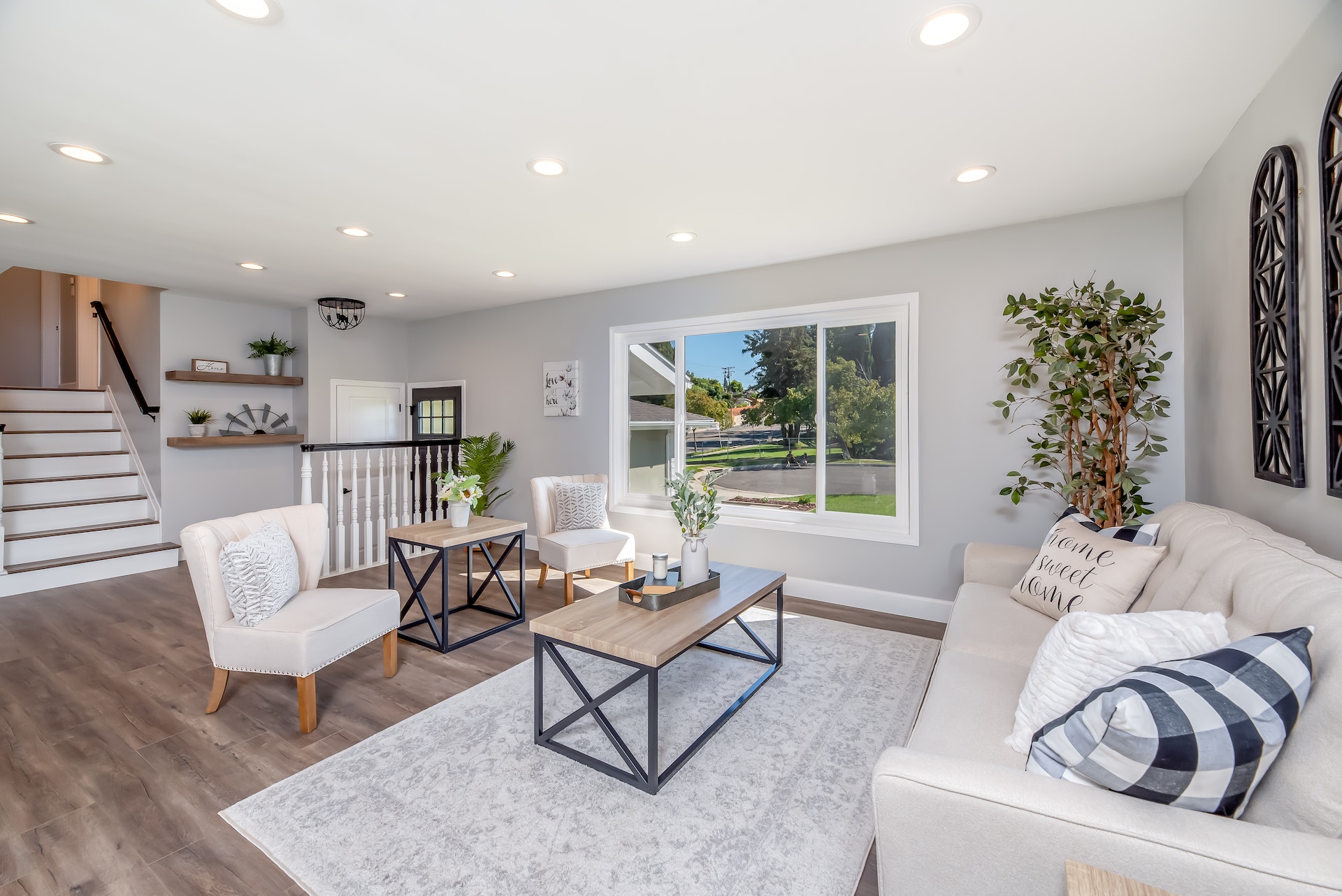There has been a growing interest in sustainable living and reducing our carbon footprint in recent years. As a result, the demand for eco-friendly housing options has increased, leading to the rise of prefabricated houses as a popular choice. According to wohnen-und-bauen.de, prefabricated or modular houses are built off-site in factories and transported to their final location for assembly. These houses are not only cost-effective and time-efficient but also offer a variety of green solutions for modern living. To save more space, consider having a basement integrated into your prefabricated or modular home design. Basements complement the concept of sustainable living by maximizing the use of available space without significantly increasing the home’s footprint. They offer multifunctional areas for storage, utilities, or even additional living space, optimizing the overall efficiency of your home.
Why Choose a Prefabricated House for Sustainable Living?
There are several benefits of choosing a prefabricated house for sustainable living, including:
- Reduced construction waste: As the modules of prefabricated houses are built in factories, less waste is generated compared to traditional on-site construction. This means less impact on the environment and reduced need for landfill space.
- Energy efficiency: Prefabricated houses are designed with energy efficiency in mind. The modules are tightly sealed, providing better insulation and reducing heat loss.
- Sustainable materials: Many prefabricated houses use sustainable and recycled materials, such as bamboo, reclaimed wood, and recycled steel. These materials reduce the carbon footprint and are durable and long-lasting.
- Flexibility and adaptability: Prefabricated houses can be easily expanded or modified to accommodate changing needs or growing families. This means that homeowners can avoid the need for moving to a new house, which in itself has a significant environmental impact.
Green Solutions for Modern Living
In addition to the overall benefits of prefabricated houses for sustainable living, there are also specific green solutions that these houses offer:
- Green roofs: Some prefabricated houses have green roofs, which provide many environmental benefits, such as reducing stormwater runoff and improving air quality.
- Rainwater harvesting: Many prefab homes have built-in systems for collecting rainwater, which can be used for watering gardens and flushing toilets. This reduces the strain on municipal water supplies and helps conserve water.
- Recycled greywater systems: Greywater refers to wastewater generated from activities like showering and laundry. Some prefabricated houses come with greywater recycling systems, which treat this water for reuse in tasks that do not require potable water, such as watering lawns.
- Passive heating and cooling: Prefabricated houses can be designed to take advantage of natural elements for energy-efficient heating and cooling. This includes features like large windows for natural light and ventilation, as well as strategic placement of the house to maximize sun exposure in winter and minimize it in summer.
Common Misconceptions About Prefabricated Houses
Despite their many benefits, there are still some common misconceptions about prefabricated houses that prevent people from considering them as a sustainable living option. These include:
- Quality and durability: Many people believe that prefabricated houses are of lower quality and less durable than traditionally built homes. However, this is not the case, as prefab houses must adhere to the same building codes and regulations as traditional homes.
- Limited design options: Another misconception is that prefabricated houses are all the same and lack individuality. In reality, there are a variety of design options available, and customization is possible in terms of layout, finishes, and materials used.
- Short lifespan: Some people believe that prefabricated houses have a shorter lifespan than traditional homes. However, with proper maintenance and care, prefab houses can last just as long as traditionally built homes.
In Conclusion
Prefabricated houses are transforming into sustainable sanctuaries, blending innovation and eco-consciousness for modern living. These homes offer a harmonious blend of functionality, efficiency, and environmental stewardship. A testament to the possibilities of sustainable living. By choosing a prefab house, you can not only reduce your carbon footprint but also enjoy a comfortable and cost-effective lifestyle.

